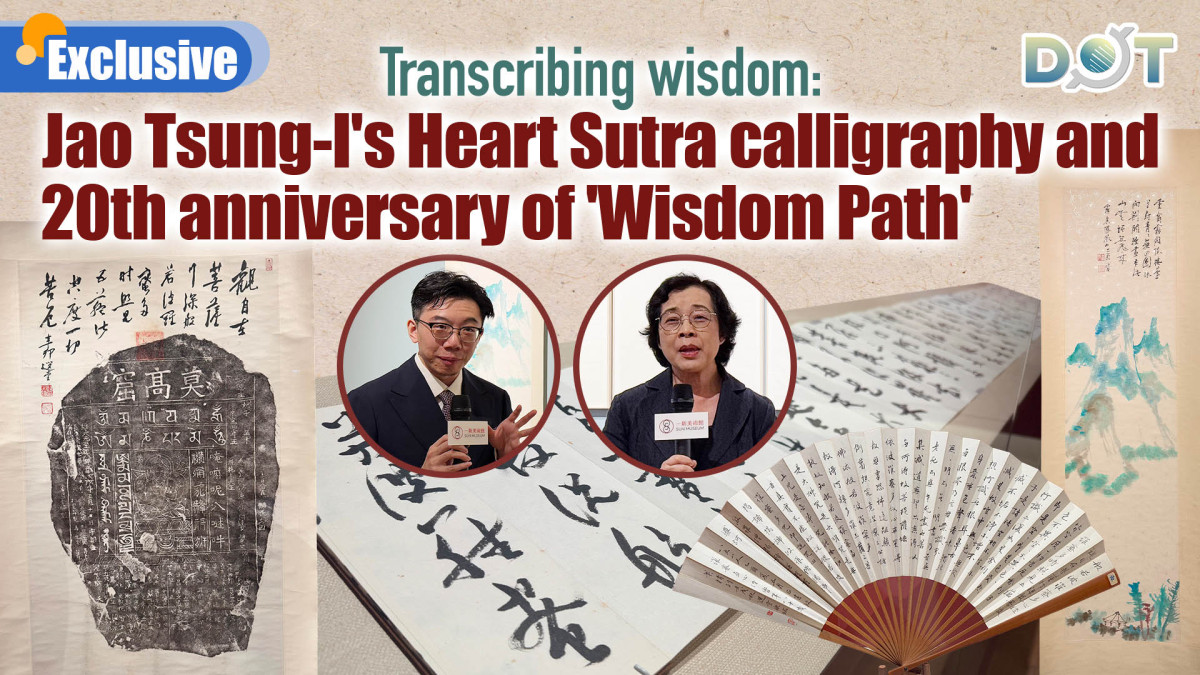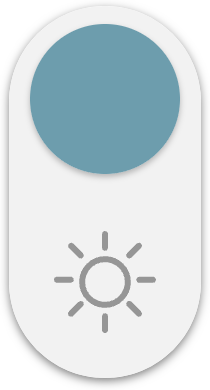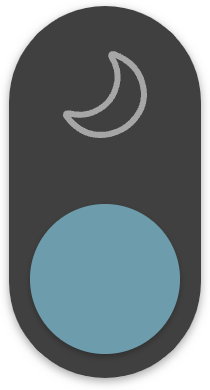
Today, (Oct. 3), the special exhibition "Transcribing Wisdom: Jao Tsung-I's Heart Sutra Calligraphy and the 'Wisdom Path'" co-hosted by the Jao Tsung-I Petite Ecole of The University of Hong Kong (HKU) and the Sun Museum officially opened.

This exhibition not only commemorates the 20th anniversary of the completion of the "Wisdom Path" but also coincides with the 1st anniversary of the Sun Museum's relocation to Sai Yuen Lane. More importantly, it bridges traditional culture and public life through Professor Jao Tsung-I's Heart Sutra calligraphy and related works. During on-site interviews, Dr. John Yiu, Deputy Director of the Jao Tsung-I Petite Ecole at the University of Hong Kong, and Dr. Lesley Lau, Director of the Sun Museum, interpreted the cultural value behind the exhibition from academic and practical perspectives, respectively.

Exhibition Core: Calligraphy as a Medium, Connecting the "Wisdom Path" and Humanistic Wisdom
The exhibition brings together a collection of Jao Tsung-I's Heart Sutra calligraphy works from museums and private collectors, covering various scripts and styles. It includes not only the original calligraphy used to create the "Wisdom Path" but also paintings themed on local Hong Kong scenery, such as Lantau Peak, Ngong Ping, and Lantau Island. As the world's largest outdoor wood-carved installation of Buddhist scriptures, the "Wisdom Path" was completed in 2005. Its 38 wooden pillars are arranged in the shape of the infinity symbol "∞", with 37 pillars carved with Jao Tsung-I's Heart Sutra calligraphy in its original size. The pillar at the highest point is left blank to echo the teachings of "emptiness" and "boundlessness" in the Heart Sutra. This design originated from Jao Tsung-I's gift of his handwritten Heart Sutra to Hong Kong during the 2002 Asian financial crisis, aiming to bring spiritual comfort to citizens.

Due to the large size of some calligraphy works, the exhibition will be held in two rotating phases: the first phase runs from Oct. 4 to Dec. 14, 2025, and the second phase from Dec. 16, 2025, to March 1, 2026. During the exhibition period, the organizers will not only release an exhibition catalogue featuring a foreword by Professor Lee Chack-fan and a special essay by Dr. John Yiu but also host a series of free public activities.
Unlocking the Diverse Values of the Heart Sutra from Academic Interpretation to Life Practice
When talking about Jao Tsung-I's connection with the Heart Sutra, Dr. John Yiu, Deputy Director of the Jao Tsung-I Petite Ecole, revealed that Jao was deeply inspired by stone carvings during a visit to Mount Tai in Shandong in 1980, and began writing the Heart Sutra in large-font scripts in 2001. "He paid special attention to the various ways of writing the character 無 (wu, meaning nothingness) and the rhythm of pauses between sentences. His early creations were influenced by renowned masters, but in his later years, he wrote with complete freedom, fully demonstrating the state of brush and ink following the heart."

From a cultural connotation perspective, the Associate Director pointed out that the Xuanzang-translated version of the Heart Sutra has only 260 characters, yet it fully embodies the core of Mahayana Buddhism: "all phenomena arise from interdependent causes and conditions" and "all phenomena are empty". Jao Tsung-I's interpretation of "Form is emptiness, and emptiness is form" is particularly insightful: "'Form' refers to things with material appearance, while 'emptiness' refers to the intangible connections between things. Understanding such life changes allows people to let go of attachments and maintain inner peace amid the impermanence of the world." He also mentioned that Jao Tsung-I studied Sanskrit in India and even named his study after related motifs; his Heart Sutra creations also implicitly integrate Chinese and Indian cultures and languages. The tradition of "transcribing the Heart Sutra for blessings during disasters" makes the Heart Sutra transcend religious sects, becoming a simple sustenance of the wish for "peace for all beings".

In addition, Yiu specifically introduced that "We invite young artists to experience nature in 'Wisdom Path' and urban spaces and draw inspiration from trees, birds, wind, and flowers, injecting new vitality into traditional culture from a youthful perspective." At the same time, archaeological discoveries such as the Bronze Age stone carvings on Lantau Island, as well as the poems Jao Tsung-I created for these discoveries, add a layer of depth to the exhibition's "local cultural exploration".

From the perspective of museum practice, Dr. Lesley Lau shared how to bring the Heart Sutra closer to public life: "We don't want the Heart Sutra to stay only at the level of calligraphy or religion; instead, we hope to convey its spirit through daily scenarios. The café and gift shop in the museum are new platforms — the cultural and creative products here not only integrate Chinese cultural elements but also incorporate young artists' contemporary interpretations of the Heart Sutra."
Taking cultural and creative design as an example, she emphasized that "transcribing the Heart Sutra is an attitude towards life": "For instance, some daily utensils combine Jao Tsung-I's calligraphy elements with modern aesthetics, allowing people to subtly feel the tranquility of the Heart Sutra while using them. This 'tradition + contemporary' cross-border integration enables people from different backgrounds to find resonance. Even those who don't understand religion can gain small moments of happiness in life from the perspectives of 'mindfulness' and 'spiritual exploration'."
Dr. Lau also specially thanked HKU for its support for the exhibition: "The smooth progress of the exhibit loan work is inseparable from HKU's assistance; even the inscriptions on the Sun Museum's nameplate were written by Professor Jao Tsung-I, which adds a sense of heritage warmth to the exhibition."

It is reported that the exhibition's loan work of the exhibition has received strong support from HKU. Through diverse forms such as calligraphy, lectures, and cultural and creative products, the organizers hope to bring the Heart Sutra out of the "hall"— regardless of religious background, visitors can explore their inner selves, feel the culture, and understand the eternal values of "truth, kindness, and beauty" through Jao Tsung-I's brushwork.


(Reporter: Liu Yu)
Related News:
Unlocking brain: 'Echoes of Memory' exhibition opens in Tsuen Wan
Photos | Victoria Park mid-autumn lantern carnival: A spectacular celebration of culture and joy




















Comment